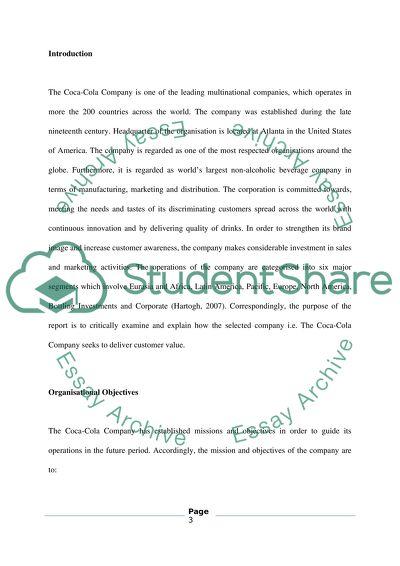Cite this document
(“How the Company Seeks To Deliver Customer Value Assignment”, n.d.)
How the Company Seeks To Deliver Customer Value Assignment. Retrieved from https://studentshare.org/marketing/1490275-how-the-company-seeks-to-deliver-customer-value
How the Company Seeks To Deliver Customer Value Assignment. Retrieved from https://studentshare.org/marketing/1490275-how-the-company-seeks-to-deliver-customer-value
(How the Company Seeks To Deliver Customer Value Assignment)
How the Company Seeks To Deliver Customer Value Assignment. https://studentshare.org/marketing/1490275-how-the-company-seeks-to-deliver-customer-value.
How the Company Seeks To Deliver Customer Value Assignment. https://studentshare.org/marketing/1490275-how-the-company-seeks-to-deliver-customer-value.
“How the Company Seeks To Deliver Customer Value Assignment”, n.d. https://studentshare.org/marketing/1490275-how-the-company-seeks-to-deliver-customer-value.


